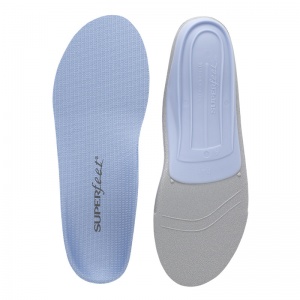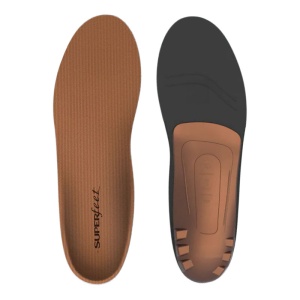What are Lesser Toe Deformities?
Lesser toe deformities, simply put, deformities of the lesser toe (toes which are not the big toe). There are three main deformities of the lesser toes; hammer toe, claw toe and mallet toe.
Claw Toe: this is where one or more of the lesser toes arch upwards in their resting position which makes the toe look like a claw, hence the name. One of the toe bones points up and the other two point down.
Hammer Toe: this is similar to claw toe, except the third bone of the toe is straight rather than pointing down.
Mallet Toe: this is when the first two bones of the toe are straight, but angled upwards slightly and the third toe points straight down.
What are the Symptoms of Lesser Toe Deformities?
Alongside the visual deformation of the toe shape mentioned above, there can be other symptoms of lesser toe deformities. Because of the irregular shape of the toe, it can rub against the inside of your shoe, which causes pain and calluses to develop. Similarly, pressure can also build up on the ball of the foot and cause calluses to develop there as well. The affected toes can also become reddened and inflamed.
What are the Causes of Lesser Toe Deformities?
All of the three lesser toe deformities listed above have a frequent root cause of one of the tendons in the foot contracting. One possible cause of this is an abnormally tight calf muscle, placing greater stress the tendons that your foot uses to compensate for a loss of flexibility. This in turn causes weakening and strain in your tendons, which can eventually lead to Lesser Toe Deformities.
Lesser toe deformities can also be caused by trauma or injury to the toes. A frequent source of this is wearing shoes which are too tight and force the toes to be squashed. The injury can also be caused by a bunion or arthritis; both of these require the lesser toes to pick up the pressure the big toe can no longer take and this can weaken the joints, causing the deformity.
How Can a Shoe Insole Help with Lesser Toe Deformities?
With the right shoe insole, the pain associated with lesser toe deformities can be reduced. One of the ways a shoe insole can do this is to distribute the pressure on the foot more evenly, reducing the stress on the toes and lessening the pain. This also reduces the strain the ball of your foot has to take, which is a common source of pain with lesser toe deformities.
A shoe insole can also absorb the shocks your foot experiences on a daily basis, which means the pain your deformed lesser toe experiences is significantly less. Also, by stabilising your foot as you walk or run, a shoe insole can also prevent lesser toe deformities from developing.
If you currently suffer from a lesser toe deformity and are interested in getting a shoe insole to help with it, feel free to visit Shoe Insoles and check out our range of Shoe Insoles for Lesser Toes.
Superfeet Blue All-Purpose Medium Arch Support Insoles
Superfeet Copper All-Purpose Memory Foam Support Low Arch Insoles





.jpg)
.jpg)
.jpg)

.jpg)
.jpg)
.jpg)
.jpg)